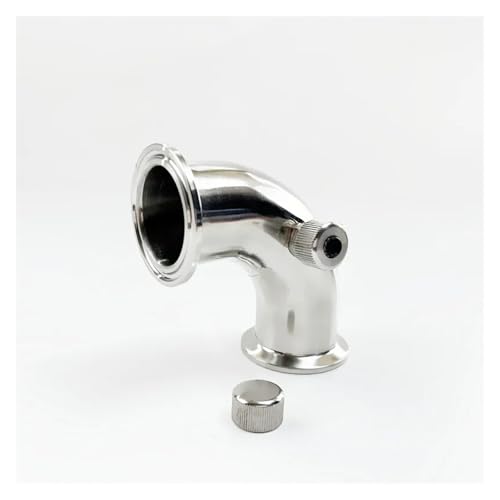Wow, that's a lot of work! Maybe I'll stick to mead in the future. Beer I can get in the shop as well, though homemade it would be massively cheaper.
As an update to my beer:
It now stood over night by the door but got a little too cold, so now the fermentation slowed down a lot. However, the sour smell is now also noticably weaker! The sugar wine now smells like sima, which it technically is, just without lemons.
I now set the fermenters a little further away from the door, let's hope I can find a sweet spot where the yeast thrives but the infection doesn't.
As an update to my beer:
It now stood over night by the door but got a little too cold, so now the fermentation slowed down a lot. However, the sour smell is now also noticably weaker! The sugar wine now smells like sima, which it technically is, just without lemons.
I now set the fermenters a little further away from the door, let's hope I can find a sweet spot where the yeast thrives but the infection doesn't.






















![BREWING THERMOMETER STICKERS ACCURATELY MONITOR FERMENTING BEER & WINE LIQUID TEMPERATURES 5PCS HOME BREW SPIRITS WINE LCD ADHESIVE [US]](https://m.media-amazon.com/images/I/311DDjo2X3L._SL500_.jpg)

















